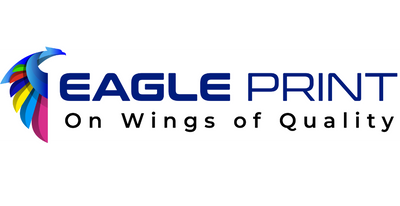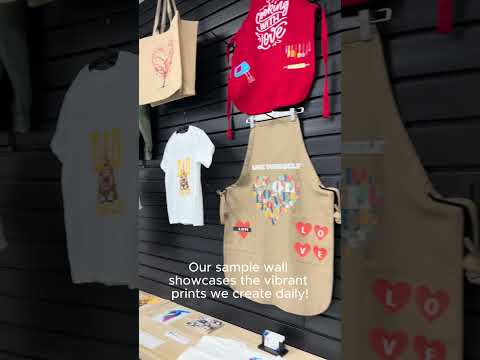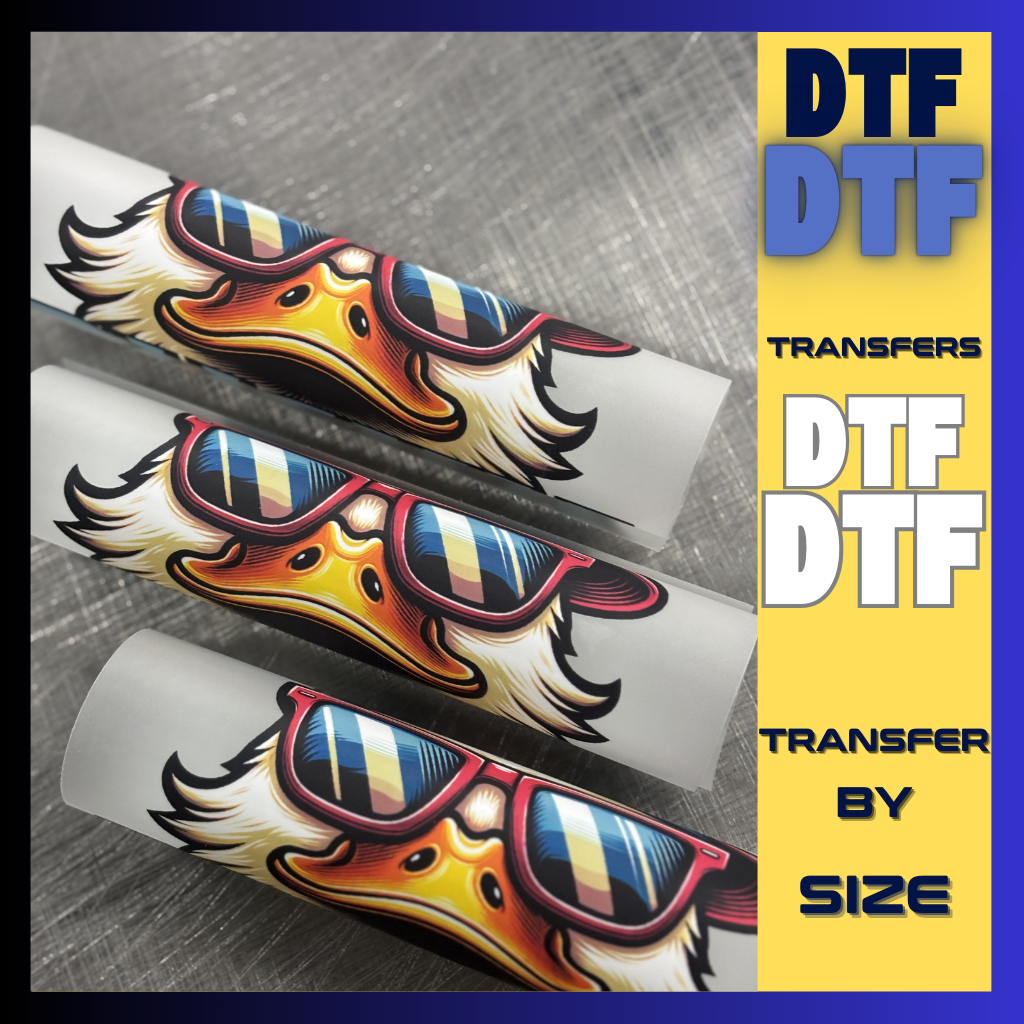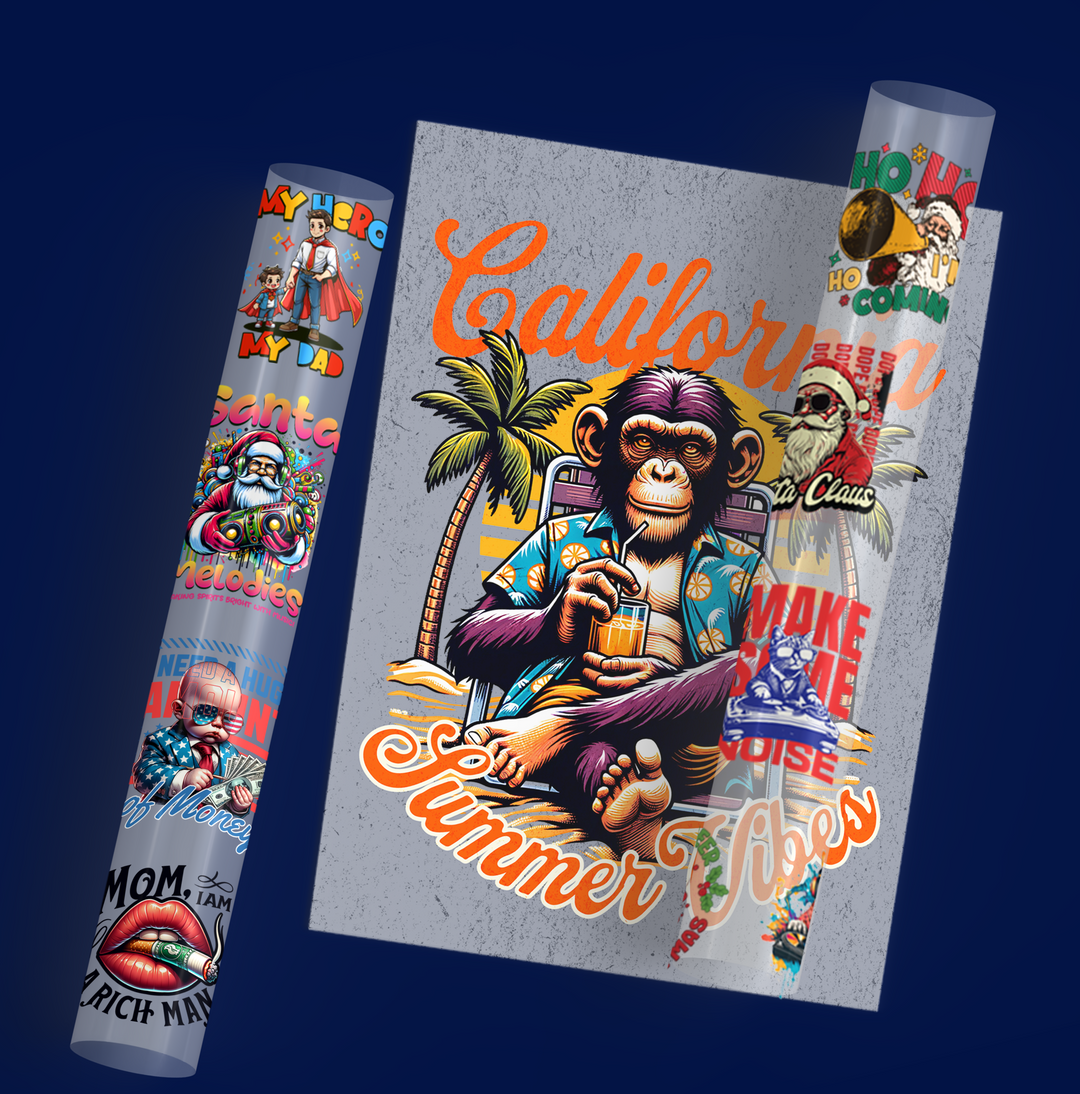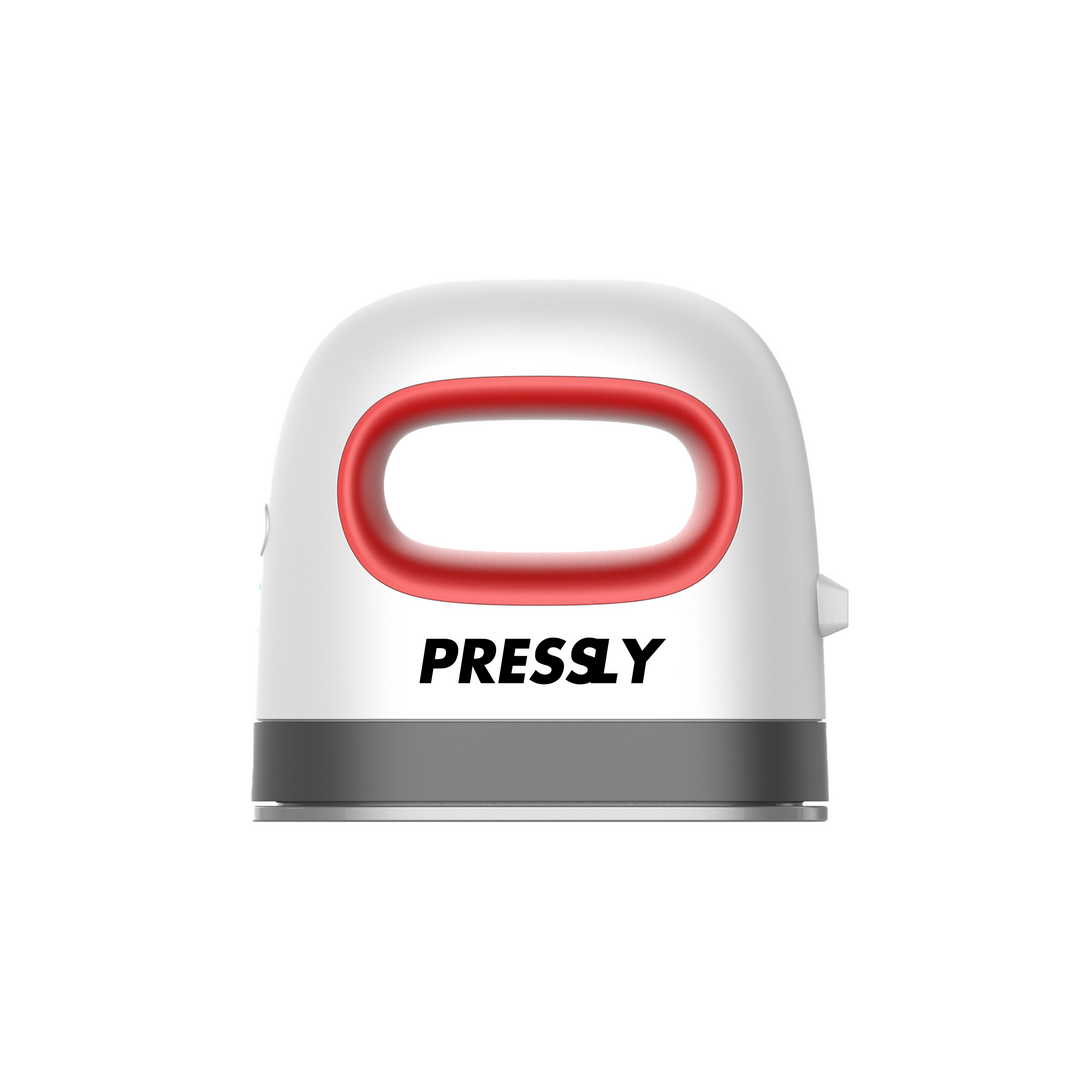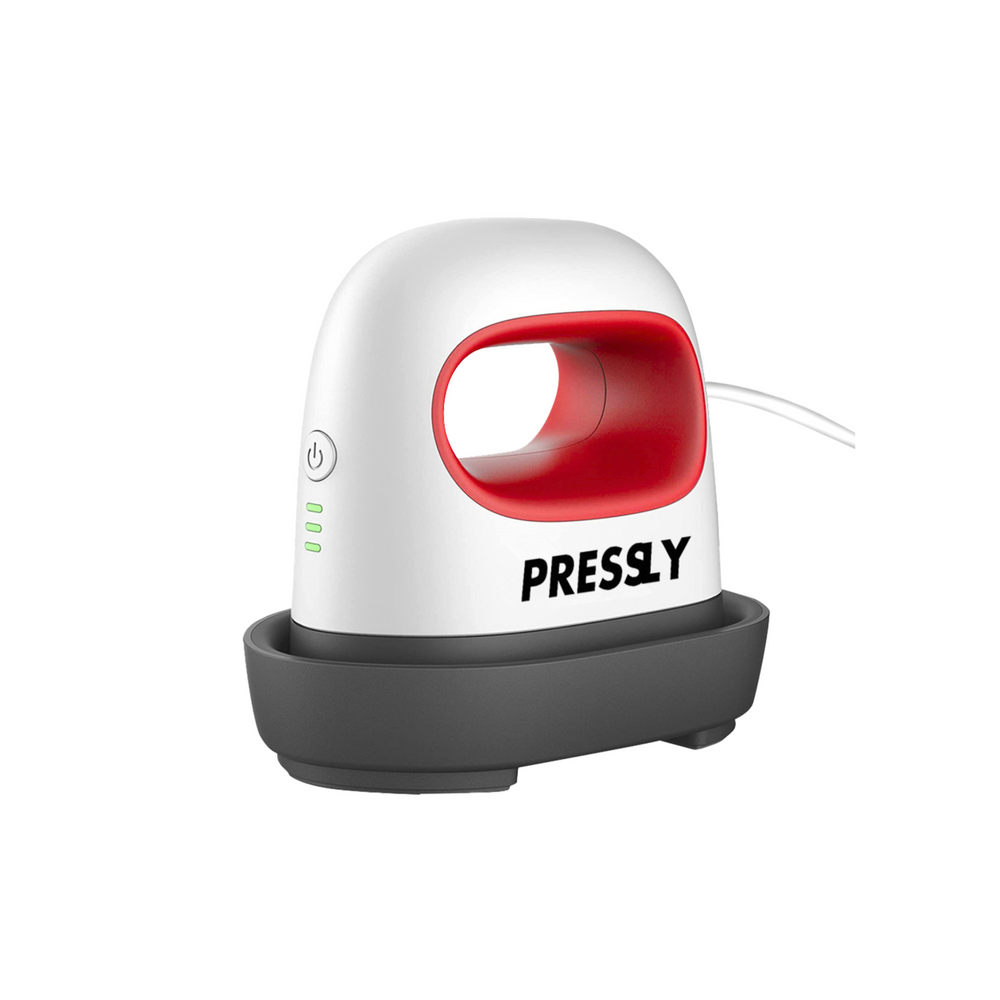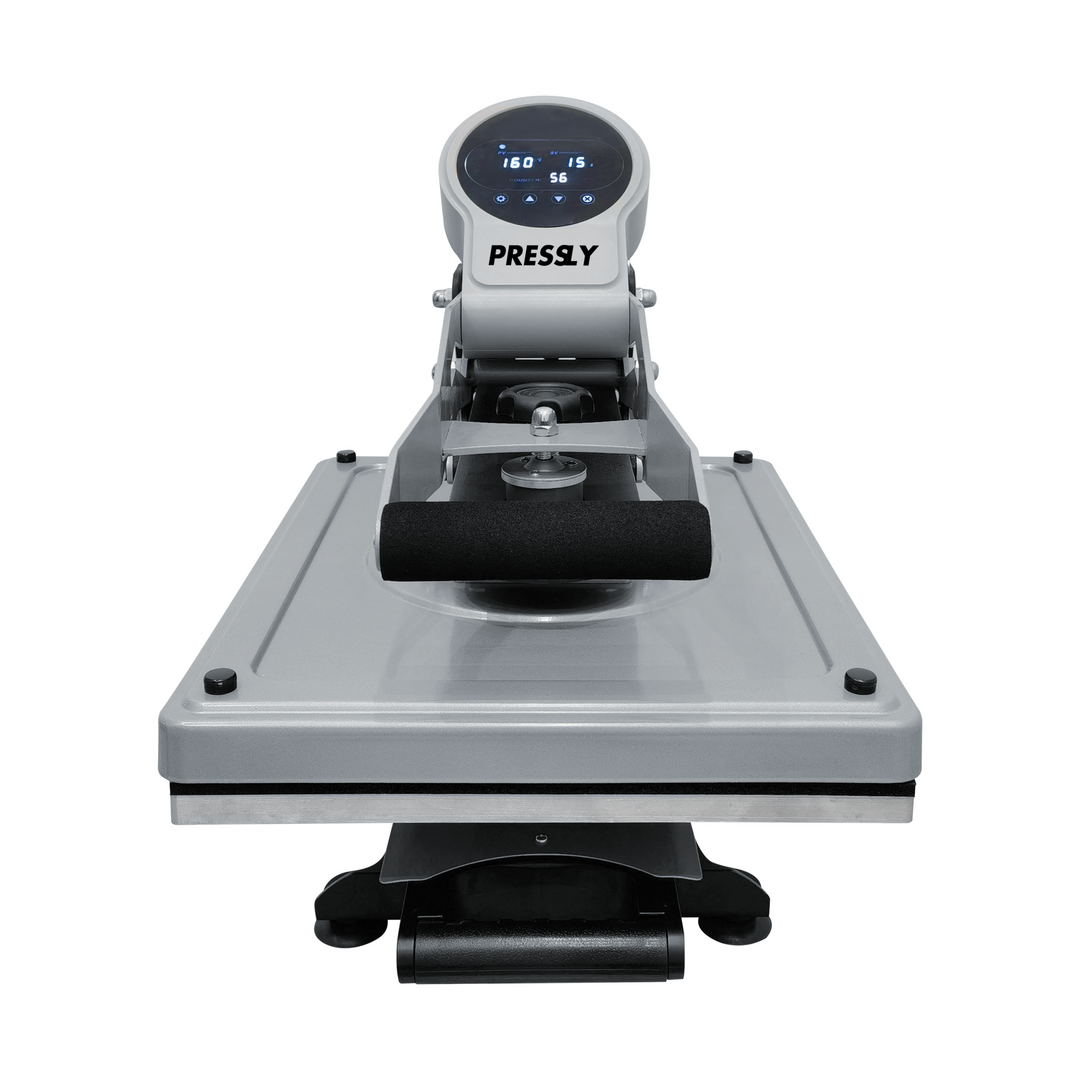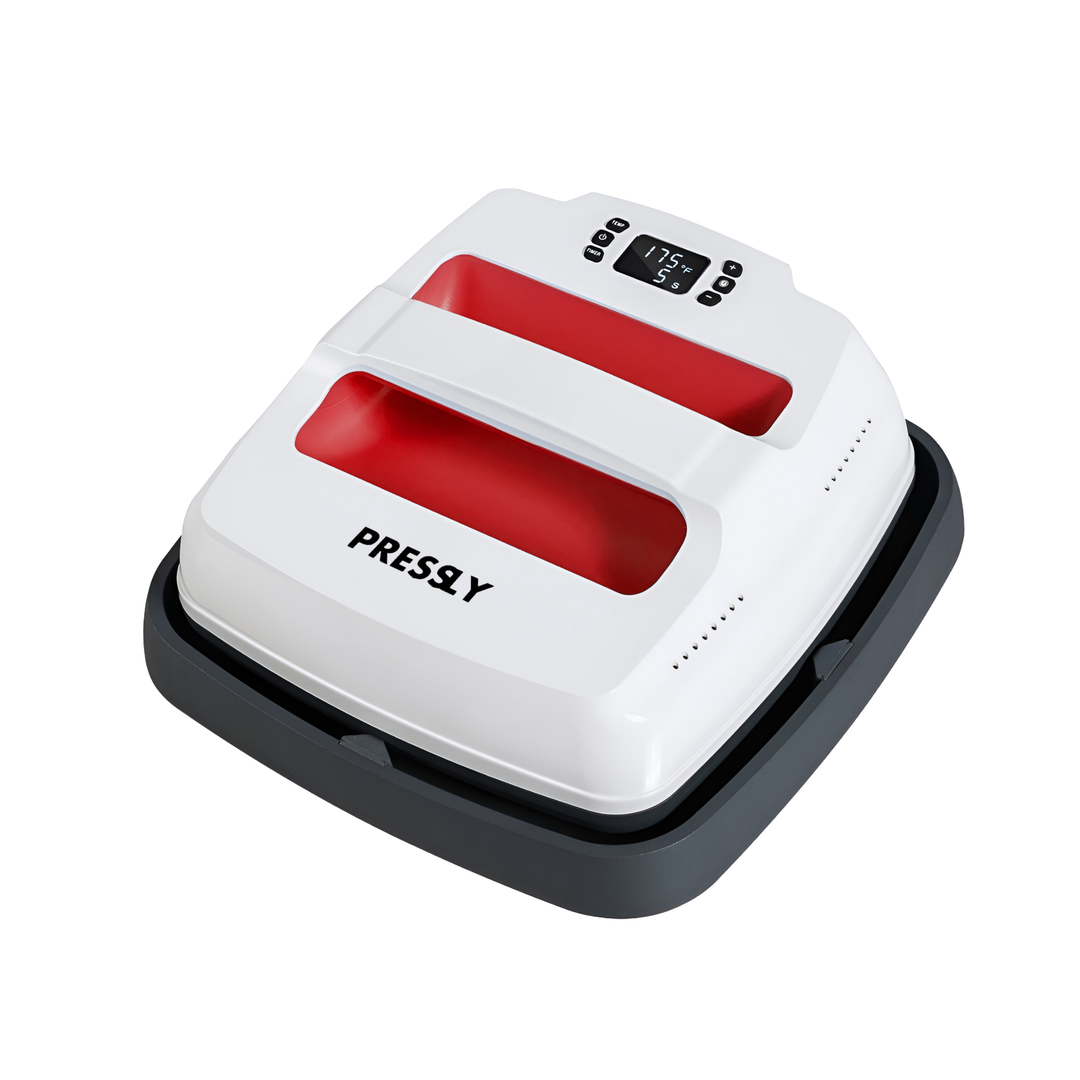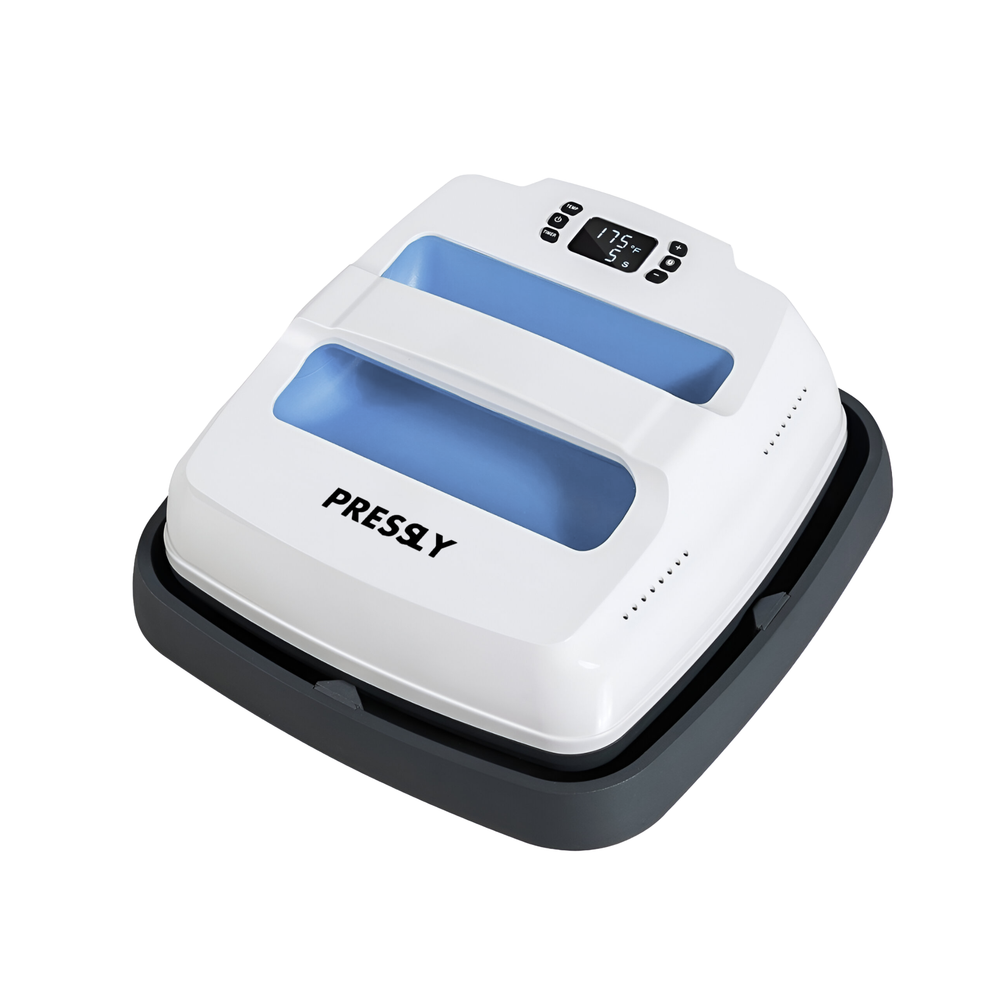DTF Transfer vs Sublimation: Understanding the Key Differences
When it comes to garment printing, DTF Transfer vs Sublimation is one of the most commonly debated topics in the industry. These two technologies cater to different business models and printing goals. Whether you're an entrepreneur, a hobbyist, or a large-scale print provider, understanding the unique features of each method can help you make a better investment for your printing needs.
Both Direct-to-Film (DTF) and sublimation printing have gained massive popularity in recent years. Each offers vibrant results, durability, and versatility. But which one should you choose? Let’s dive into the details.
📌 What is DTF Transfer?
DTF (Direct to Film) printing is a digital transfer process where designs are printed onto a special film and then transferred to a fabric using a heat press. This method does not require pre-treatment of the garment and can be used on various textiles, including cotton, polyester, blends, leather, and more.
The process generally includes:
-
Printing the design onto PET film
-
Sprinkling adhesive powder on the wet ink
-
Curing the powder
-
Heat pressing the film onto the garment
👉 You can explore premium DTF services at Eagle DTF Print, where quality and affordability come together.
📌 What is Sublimation Printing?
Sublimation printing is a technique where heat and pressure are used to convert dye into gas. This gas then bonds with polyester fibers, becoming part of the fabric itself. As a result, the print is smooth, permanent, and doesn’t fade or peel over time.
Unlike DTF, sublimation printing:
-
Only works on white or light-colored polyester
-
Is not compatible with cotton
-
Produces seamless, soft-to-touch designs
You can learn more about sublimation on Wikipedia for a technical overview of the process.
🎯 Key Differences Between DTF Transfer vs Sublimation
| Feature | DTF Transfer | Sublimation |
|---|---|---|
| Fabric Compatibility | Works on cotton, polyester, blends, leather | Only works on polyester |
| Color Flexibility | Works on any color garment | Best on white or light colors |
| Feel | Slight film texture on fabric | Soft and part of the fabric |
| Durability | Highly durable and stretchable | Long-lasting but not ideal for heavy use |
| Equipment | DTF printer, adhesive powder, heat press | Sublimation printer, sublimation ink, heat press |
| Cost | Mid-range to high setup | Low to mid-range setup |
If you’re looking for the best DTF transfer printers, visit Eagle DTF Print for equipment and supplies tailored to your business.
💼 Use Cases: Which Printing Method is Best for You?
👕 Apparel Printing
If you need to print on cotton T-shirts or dark-colored garments, DTF transfer is the superior choice. It allows you to cater to a wider customer base and expand your product line.
🏷️ Promotional Products
Sublimation shines when it comes to mugs, coasters, and polyester tote bags. It’s great for vibrant, long-lasting prints on hard surfaces and synthetic fabrics.
🧵 Small Business Operations
DTF offers better scalability and profit margins for small businesses aiming to print on demand. The low cost per print and the ability to handle various textiles give you a competitive edge.
🌟 Pros and Cons Summary
✅ DTF Transfer – Pros:
-
Works on all fabric types
-
Bright, vivid colors
-
Strong adhesion and durability
-
Great for cotton and dark fabrics
❌ DTF Transfer – Cons:
-
Slight texture on the print
-
Requires powder adhesive and curing
-
May have higher start-up costs
✅ Sublimation – Pros:
-
Soft, seamless feel
-
Extremely durable on polyester
-
Ideal for photography-level detail
❌ Sublimation – Cons:
-
Limited to polyester
-
Colors may not be vivid on dark fabrics
-
Not suitable for cotton
🔗 Internal Linking Suggestion
-
Learn more about DTF supplies and printers here: Eagle DTF Print Products
-
Need help choosing your first printer? Check out our DTF Starter Kits: Shop Now
🧠 Final Thoughts
When evaluating DTF transfer vs sublimation, the right choice depends on your business needs, target garments, and budget. DTF is more versatile and suitable for high-volume T-shirt production, while sublimation is perfect for synthetic fabrics and hard-surface printing.
Both methods have their strengths, and you can even use them side by side depending on your product line. For industry-grade printers, inks, and expert advice, visit Eagle DTF Print and explore our full range of professional solutions.

